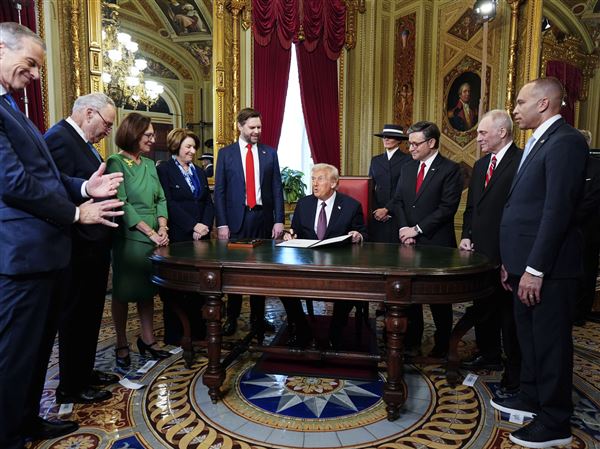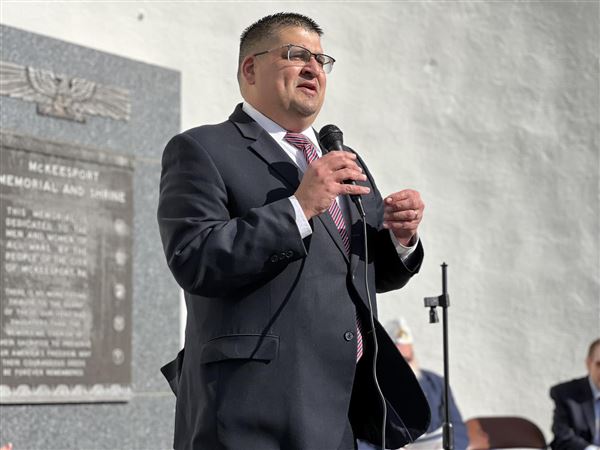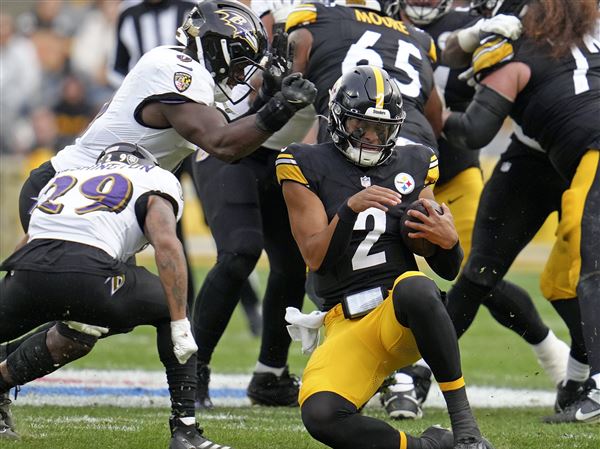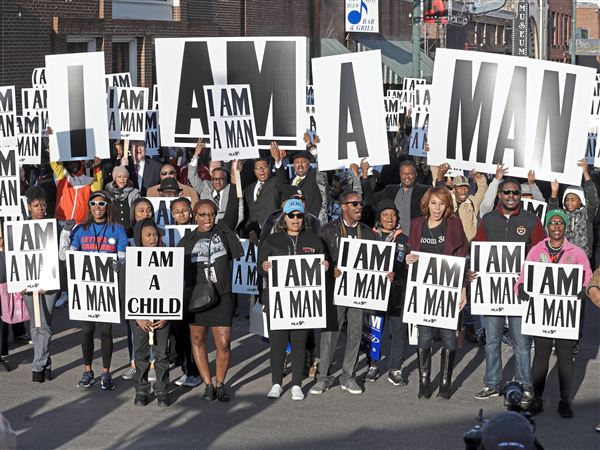PHILADELPHIA -- Facing pressure from regulators, the cable TV industry plans to make good on a promise to standardize its technology and open the door to televisions and other gadgets that don't need cable boxes to receive video-on-demand programs and other interactive services.
An industry initiative, to be renamed "tru2way" after a decade in the works, is expected to allow electronics manufacturers to make TVs and other gear that will work regardless of cable provider. By making devices compatible, the standard also could encourage the development of new services and features that rely on two-way communication over the cable network.
Comcast Corp., the nation's largest cable provider, will roll out the platform in all its markets by the end of 2008, Chief Executive Brian Roberts said in an interview with The Associated Press ahead of a speech Tuesday at the International Consumer Electronics Show in Las Vegas.
Time Warner Cable Inc. is even closer to completion, Comcast executives said. A spokesman for No. 3 provider Cox Communications Inc. said the company will have "widespread deployment" this year.
"Our business model has changed completely, from a closed, proprietary model to an open architecture that will work across cable companies -- not just across Comcast," Roberts said. "That was a Herculean job to accomplish."
Craig Moffett, senior analyst at Sanford Bernstein, said the industry is sending a hands-off signal to the Federal Communications Commission. Last summer, FCC officials said they would soon take on the issue of two-way compatibility between consumer electronics and cable systems.
"They don't have a lot of friends at the FCC right now. The cable industry has every reason to be nervous," Moffett said. "I suspect a lot of this is trying to beat the FCC to the punch."
CableLabs, the cable industry's research and development arm, which Roberts leads, was to announce Monday that its OpenCable platform, first developed in 1997, will now be branded as "tru2way."
Cable providers and device manufacturers have long disagreed over the technical specifications for two-way communication among their devices. There are TVs and set-top boxes in the market that can receive digital programming, but they can't talk back to the network, which would allow advanced interactive services. That leaves consumers with having to rent a box from the cable company.
And even with the new standards some discord remains.
Though the cable industry has inked separate deals with electronics companies, including Panasonic, Samsung and LG, consumer electronics giant Sony isn't on board.
The FCC -- where Chairman Kevin Martin supports a more open and competitive environment -- is also considering a different standard put forward by a group of consumer electronics companies.
CableLabs said it has inked licensing agreements with Intel Corp. and Broadcom Corp. to develop chips to run the software. And Microsoft Corp. is expected to integrate the standard into future versions of its Windows operating system for personal computers.
Comcast foresees "tru2way" branding on TVs, set-top boxes, PCs and other devices to signal their compatibility with cable systems.
On Monday, Panasonic and Comcast plan to unveil a slew of products that will be compatible with "tru2way," including a plasma high-definition television, high-definition digital video recorders and a portable DVR.
"You'll see a number of new 'tru2way' devices, and this is just the beginning," Roberts said. "This is Day One."
The Panasonic Viera Plasma HDTV with "tru2way" will go on sale this year. Panasonic's portable DVD player and recorder, called "AnyPlay," lifts off a docking station and allows consumers to watch the programs they've recorded anywhere they like, on its 8.5-inch LCD screen. It is to go on sale in early 2009.
Other products are expected to reach retail stores as early as the end of 2008. The timeframe gives cable leverage over the competing standard proposed by consumer electronics makers, whose devices might not make it to retail until 2009 at the earliest.
Moffett said cable operators are telling the FCC that the industry can work with consumer electronics makers on two-way cable-compatible products.
"That could tip the scales in their favor," Moffett said.
First Published: January 7, 2008, 8:00 a.m.
















